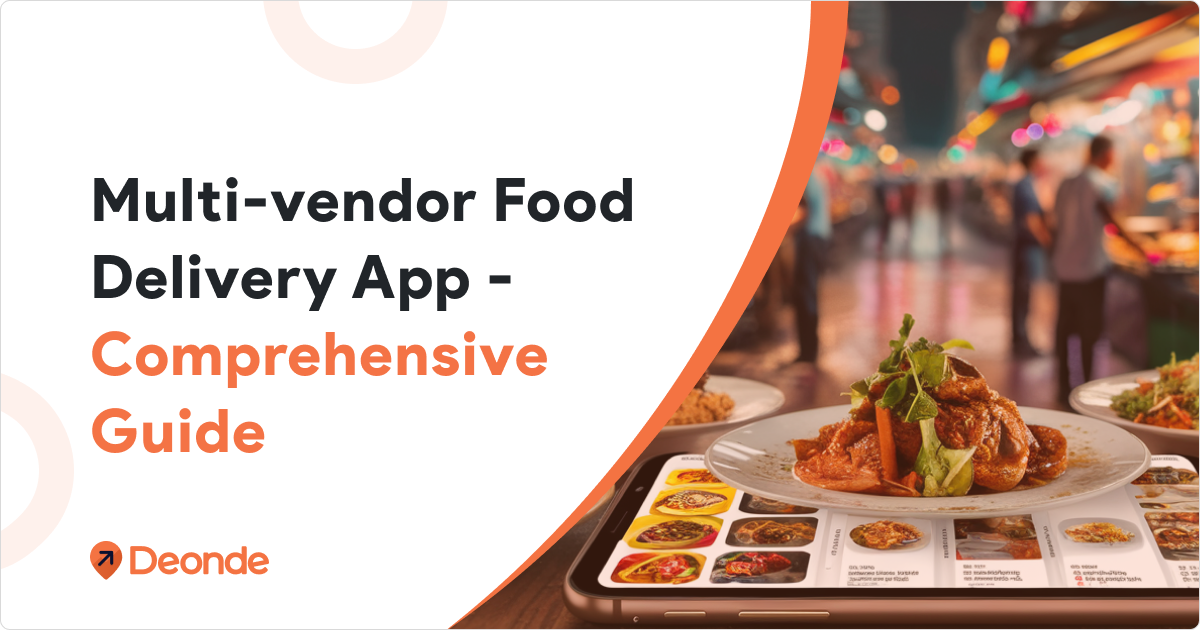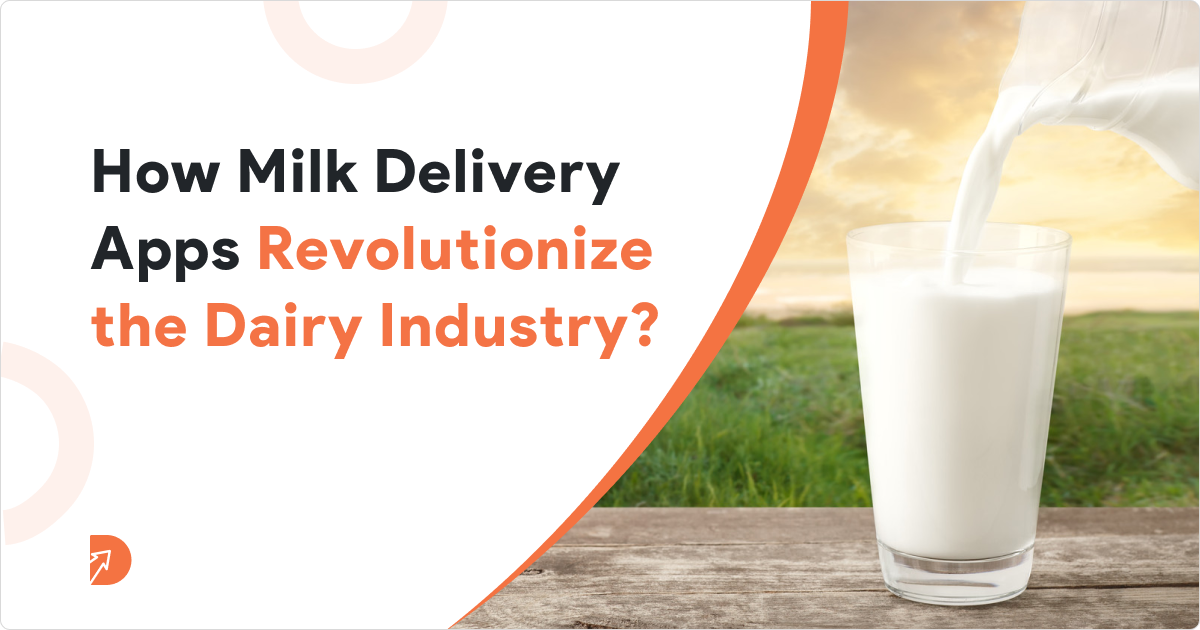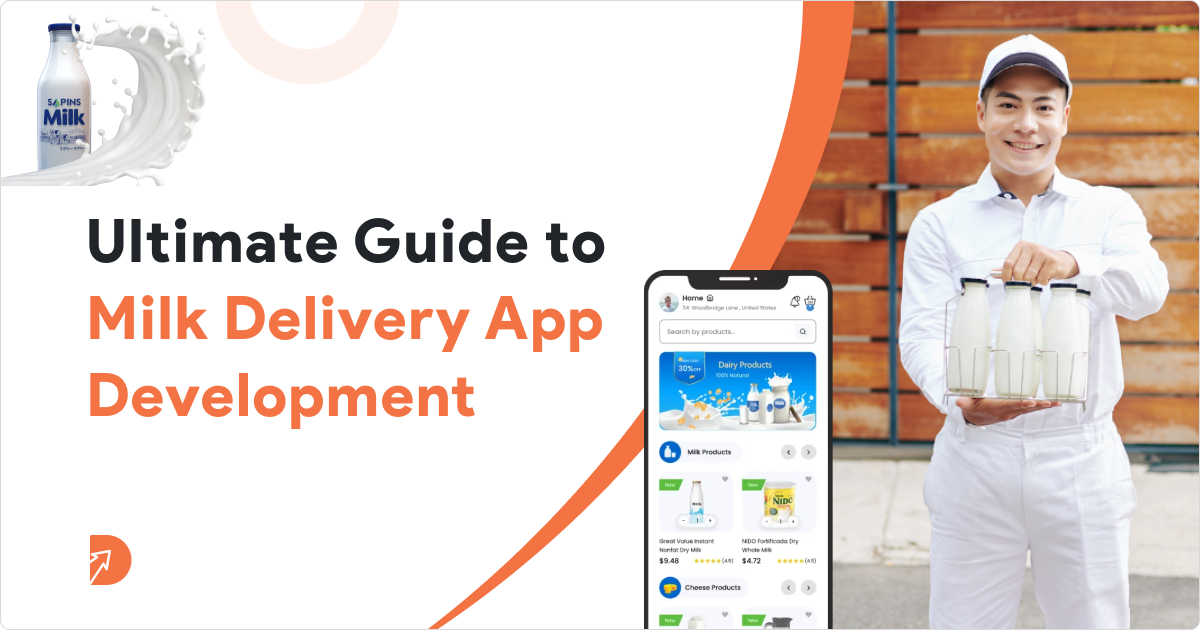Introduction
In recent years, on-demand delivery has rapidly changed consumer habits and expectations. Delivery Hero Business Model Canvas has pioneered and scaled an online food delivery marketplace connecting customers with local restaurants and chains. Headquartered in Berlin, Germany, the company has rapidly grown and matured as a Food Ordering and Delivery company.
Delivery Hero’s revenue model operates as an asset-light platform business model, earning revenues primarily through order commissions and delivery fees. The company provides the best technology and Food Delivery App Solutions to connect customers, restaurants, and couriers to facilitate frictionless transactions.
Delivery Hero has positioned itself at the forefront of this global transformation by pioneering food delivery business models and online food delivery marketplaces. Let us explore the delivery hero business and revenue model to gain insights into its working model.
Delivery Hero: One of the Best Food Ordering and Delivery Platforms
Leveraging its proprietary technology, Delivery Hero has built and scaled food ordering and delivery platforms across over 70+ countries already. Millions of customers now enjoy the convenience of discovering, ordering and tracking delivery from a wide selection of local restaurants.
For restaurants, Delivery Hero unlocks the ability to generate entirely new revenue streams from online orders without additional dine-in overheads. Its platform empowers restaurants with data-driven insights to optimize staffing, menus and marketing.
The company’s asset-light platform business model has proven adaptable across diverse markets like online food delivery apps in India and allows rapid expansion. Network effects take hold as Delivery Hero onboards more users on both sides of its marketplace.
History of Delivery Hero
Delivery Hero in Germany was founded in 2011 by Niklas Östberg, Kolja Hebenstreit, Markus Fuhrmann and Lukasz Gadowski. The founders wanted to leverage technology to make food ordering and delivery more convenient.
Some key milestones in Delivery Hero’s growth journey include:
- 2011 – Company founded and service launched in Germany
- 2013 – Expanded to 6 countries across Europe and Asia
- 2014 – Launched operations in MENA region
- 2017 – IPO on the Frankfurt Stock Exchange
- 2019 – Acquired Woowa Brothers in South Korea for $4 billion
- 2021 – Operations across 50 countries globally
Through organic growth and selective acquisitions, Delivery Hero has cemented itself as one of the world’s largest online food ordering and delivery companies within just 10 years.
Delivery Hero Business Model Canvas
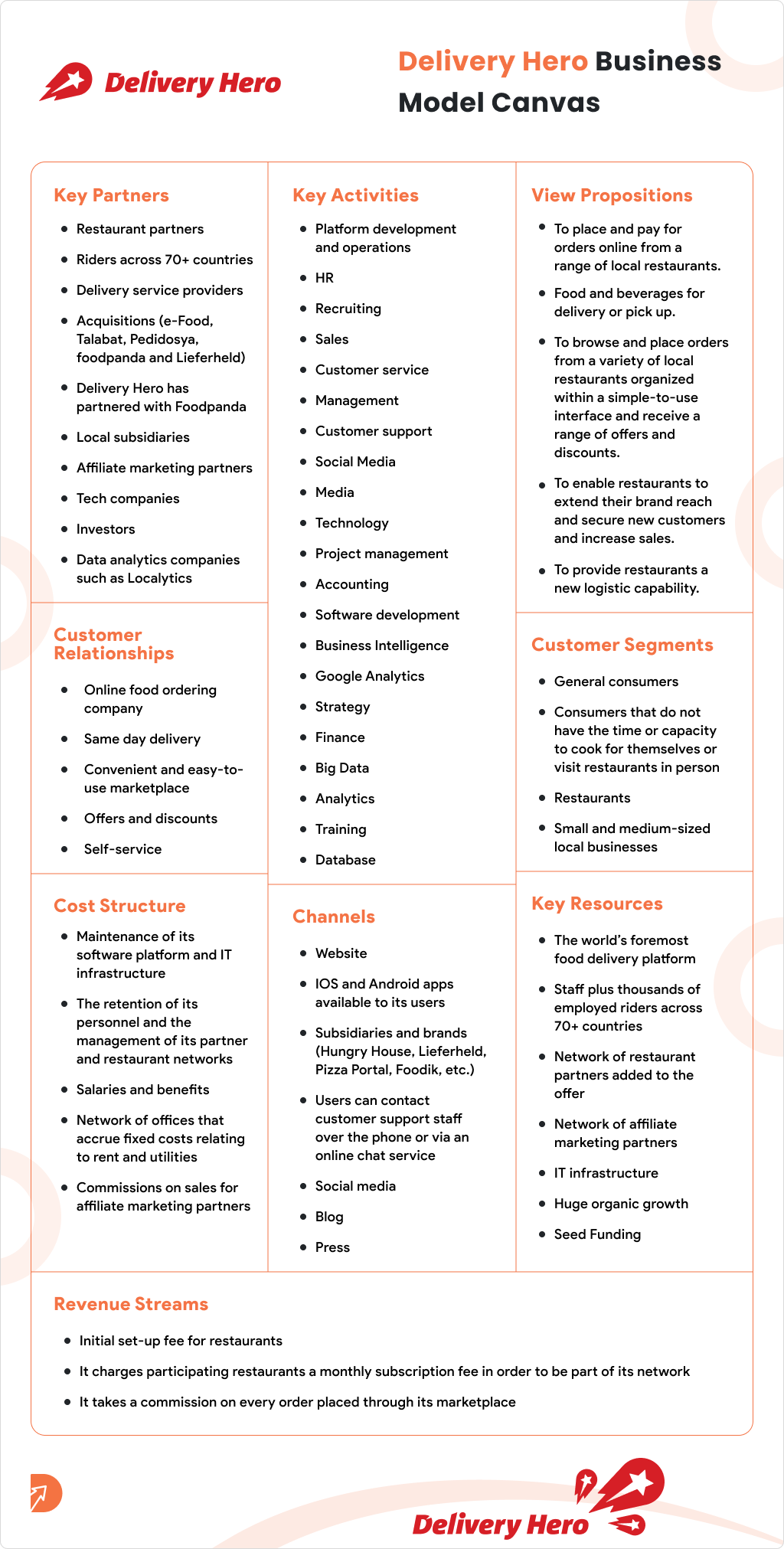
The core of Delivery Hero’s business model canvas consists of its proprietary technology platform that connects the following key elements:
- Customers seeking convenient food delivery
- Restaurant partners fulfilling food orders
- Delivery partners for last-mile fulfillment
- Data insights to optimize platform offerings
The platform efficiently matches customer demand with supply from restaurant and delivery partners. Delivery Hero’s technology and operations enable a frictionless marketplace exchange for all stakeholders.
Comparing Delivery Hero with Top Food Delivery Startups
Some of the other major players in food delivery business models and Top Food Delivery Startups in the World include:
- DoorDash
- Just Eat Takeaway
- Uber Eats
- Postmates
While competitors and Delivery Hero Alternatives like Doordash and Uber Eats are expanding in several countries, Delivery Hero differentiates itself through its early mover advantage, expansive global footprint across 50+ countries, and rapid technology-driven growth.
The company’s proven expertise in tailoring and scaling food delivery app solutions internationally provides a competitive edge versus Delivery Hero Clone Services focused on specific regions.
Quick Guide to Swiftly Launch a Food Delivery Application in Just 1 Week
Based on Delivery Hero’s success, here are some key elements to launching a viable food delivery app solution and marketplace:
- Develop user-friendly apps and websites for seamless ordering
- Onboard a wide selection of restaurant partners
- Integrate seamlessly with Restaurant Management Systems
- Implement reliable delivery operations and tracking
- Provide excellent customer service
- Use data insights to optimize platform and offerings
- Plan-focused launch and expansion into key markets
- Utilize effective driver and customer acquisition strategies
- Refine unit economics for sustainable growth
A Comprehensive Guide to Launch Food Delivery App in 1 Week with DeOnDe SaaS Solution
Following these best practices can help pave the path for building the next great food delivery business model and online marketplace.
Helping Restaurants Offer Delivery-Only Models
In addition to traditional dine-in restaurants, Delivery Hero’s platform is well-suited for pure delivery-only restaurant models focusing exclusively on online orders and delivery.
How to Start a Delivery-Only Restaurant? By providing restaurant partners with digital visibility and high-intent customer demand, Delivery Hero enables restaurants to forego expensive real estate and dine-in operational costs. Partners can optimize kitchen locations, menus, and operations for efficient delivery-only experiences.
Substantial Business Model of Delivery Hero
The core of Delivery Hero’s business model centers around its online platform, facilitating transactions between restaurants, delivery partners, and customers looking for convenient meal options.

1. Customer Relationships and User Segments
Delivery Hero serves two key user segments – customers looking for meal delivery and restaurant partners who prepare the meals.
Delivery Hero aims to provide customers with a wide choice of cuisines and restaurants on its platforms for on-demand delivery. Customers can conveniently browse menus, order, and make payments through the company’s localized apps and websites.
Delivery Hero establishes direct relationships with customers through its brands. Features like user profiles, order history, and promotions help to personalize the experience and build loyalty.
Delivery Hero offers restaurants a way to access more customers and incremental revenue through online food delivery. Partners can manage menu listings, orders, and promotions through dedicated restaurant tools provided. Delivery Hero also provides data insights to help restaurants understand customer demand.
2. Customer Marketplace
At the core of Delivery Hero’s business is its extensive marketplace connecting customers, restaurants, and couriers.
The company’s platforms list over 1 million restaurant partners across its markets, providing a wide cuisine selection for customers. Advanced location-based algorithms match customer orders with nearby restaurant partners to fulfill demand.
Delivery Hero leverages a network of contracted couriers and partnerships with local taxi and transportation services for delivery. Customers can track orders in real time until delivery.
This robust marketplace and extensive restaurant network help drive order volumes and reinforce Delivery Hero’s platforms.
3. Operating Channels and Infrastructure
Delivery Hero operates localized websites and mobile apps tailored to its target markets. While branding may differ across geographies, the platforms offer a consistent user experience.
The company’s apps and sites enable customers to search for restaurants, browse menus with pictures, customize orders, and make secure payments. Integration with restaurant systems allows real-time updates of menu availability and order status.
Delivery Hero handles all technology requirements, including app development, hosting infrastructure, and payment gateways. The company’s technology platform connects customers, restaurants, and couriers while providing valuable data insights.
4. Business and Delivery Partners
Delivery Hero does not own or operate any restaurant or kitchen facilities itself. Instead, it partners with local restaurants and chains to fulfill customer orders.
The company also does not employ a dedicated delivery fleet. Instead, Delivery Hero leverages couriers from local delivery firms and taxi and transportation services through commercial partnerships.
By outsourcing fulfillment, Delivery Hero can focus on enhancing its core platform and marketplace without investing in operating kitchens or managing a courier workforce.
Significant Benefits of Delivery Hero
The Delivery Hero platform offers compelling benefits for its customers and restaurant partners.
For Customers, Delivery Hero provides:
- Access to extensive restaurant choices from a single platform
- Convenient ordering and payments through apps and websites
- Real-time order tracking and notifications
- Secure payments and customer services
For Restaurants, partnering with Delivery Hero enables:
- Increased order volumes from a wider customer reach
- Lower costs of reaching more customers digitally
- Improved online visibility and brand awareness
- Insights into customer demand and menu performance
- Better capacity utilization during low dine-in periods
By creating value across customers and restaurants, Delivery Hero can fuel powerful network effects and growth flywheels for its platform.
Cost Structure and Pricing of Delivery Hero
Delivery Hero incurs expenses across technology, operations, marketing, staffing, and other overhead costs required to operate its extensive on-demand delivery marketplace.
The Company charges a primary set-up fee and a monthly subscription for restaurants to have delivery orders placed by its marketplace and takes some commission on all orders.
In the United Kingdom, one of Delivery Hero’s significant markets, the set-up fee involved is £ 499 with a monthly subscription fee of £ 14.90, and a 14 percent commission is charged on all completed online orders.
Key Expense Components that Enable Cost Structure and Pricing:
- Technology Platform – Developing and maintaining Delivery Hero’s consumer and restaurant apps, websites, APIs, hosting infrastructure, and other technology capabilities. This includes engineering, product management, and IT staff.
- Customer Service – Operating call centers and customer support teams to handle user queries, order issues, complaints, etc. Requires staffing, training, and support ticketing systems.
- Business Marketing – Online and offline advertising across search, social, display networks, and partnerships to acquire and retain platform users. Also includes costs of promotions and discounts.
- Subsidies – In some markets, Delivery Hero subsidizes delivery fees and other costs to stimulate usage and scale early on. These temporary subsidies are phased out over time.
- Staffing – Salaries and benefits associated with corporate employees across functions like finance, legal, admin, HR, etc. Includes headquarters rent and general administrative costs.
- Operations – Local city teams are responsible for onboarding and supporting restaurant partners, delivery fleets, and other ground operations.
Delivery Hero Generates Revenue Through Four Key Streams
Delivery Hero continues to optimize its pricing strategy, profitability tactics, and fee structures to drive maximum revenue based on value generated for the platform and user segment while balancing competitiveness. The company has upsurged revenues by 52 percent YoY and is moving forward to utmost profitability. The company generates revenue through four key streams:
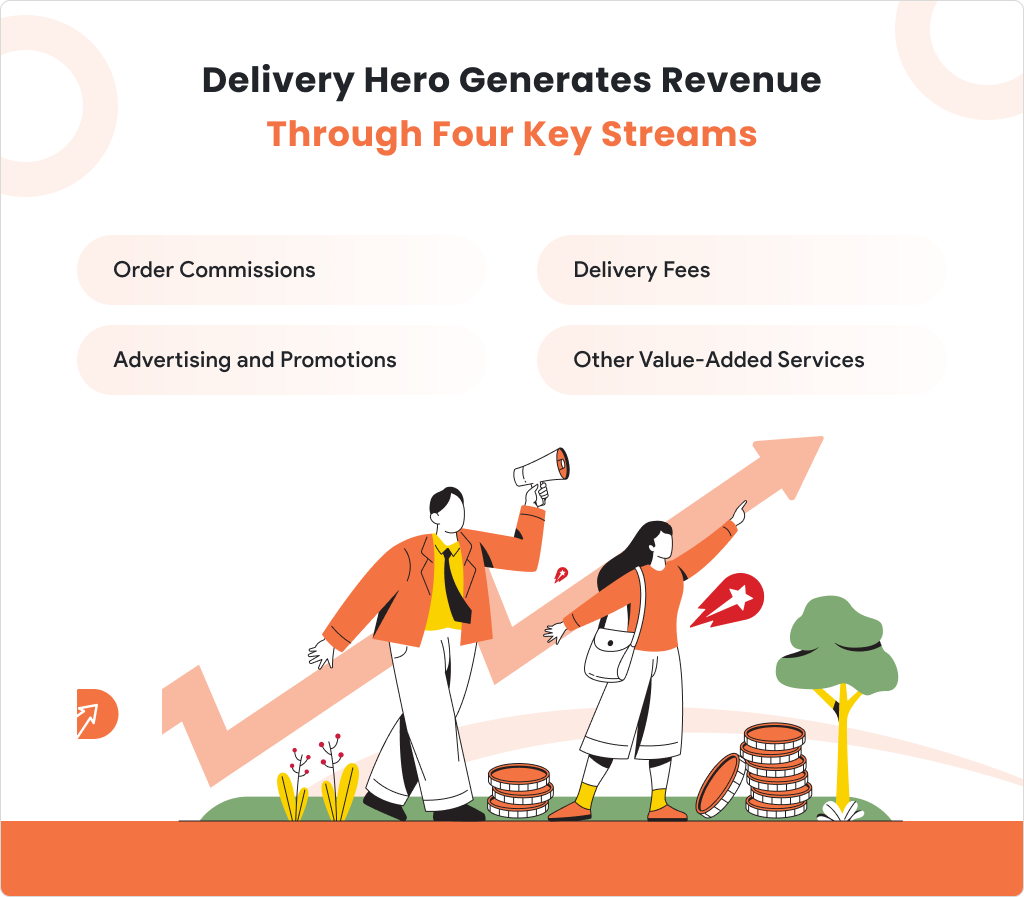
1. Order Commissions
They are the percentage fees charged to restaurant partners on each order facilitated through the online platform. It is typically based on the region, overall order value, and restaurant negotiating power.
Delivery Hero charges restaurants a subscription fee to be part of its network and takes a commission on each online order through its marketplace. The Company also deals with a network of affiliate partners, paying some commissions on each sales order.
2. Delivery Fees
The customer pays a fixed per-order fee for delivery services. The fees can vary as per the order and based on the overall market competitive dynamics. Even distance-based pricing is applicable in some of the markets.
The company charges a commission of 10% or 11% on each online order. However, it takes higher delivery fees if it does the delivery itself instead of being done by the restaurant partner.
3. Advertising and Promotions
Restaurants can pay additional fees for sponsored placements on the platform, targeted promotions to nearby customers, or integrated ad campaigns. Delivery Hero’s AdTech solutions provide up to 1000 percent returns for commerce partners.
The company’s commerce advertising solutions are currently accessible in nine nations and will extend this to cover 40+ nations where it provides quick commerce.
4. Other Value-Added Services
Revenues from restaurant subscription packages for advanced tools, data services, and tailored customer support are part of additional revenues counted as value-added services. Additional revenue is also obtained from cross-selling services.
Added revenue opportunities at Delivery Hero boost profitability and steer shareholder value across the company.
Key Takeaways
In the future, Delivery Hero is well-positioned to leverage its first-mover gains, global scalability, operational expertise, and robust technology infrastructure to achieve category leadership in food delivery app solutions worldwide.
As consumer behaviors continue shifting online, the company will remain at the forefront in pioneering innovative food delivery business models and seamless on-demand marketplace platforms.
However, developing an explicit mobile application can be expensive and more resourceful for new startups and small-sized businesses since they need more technology possessions to allot each process. App development demands massive financial investments both in minds and tools.
Do not worry; DEONDE is here to back such professional endeavors with higher productivity. So, if you are exploring a SaaS-based Food Delivery Application, our teams at DEONDE can deliver you the finest readymade food delivery business solutions. We also enable a result-driven White-label Food Delivery Platform specifically crafted for your devoted food ordering and delivery business.
For more technology specifics and business insights on food delivery app solutions, visit www.deonde.co and easily register for a free online solution demo.


